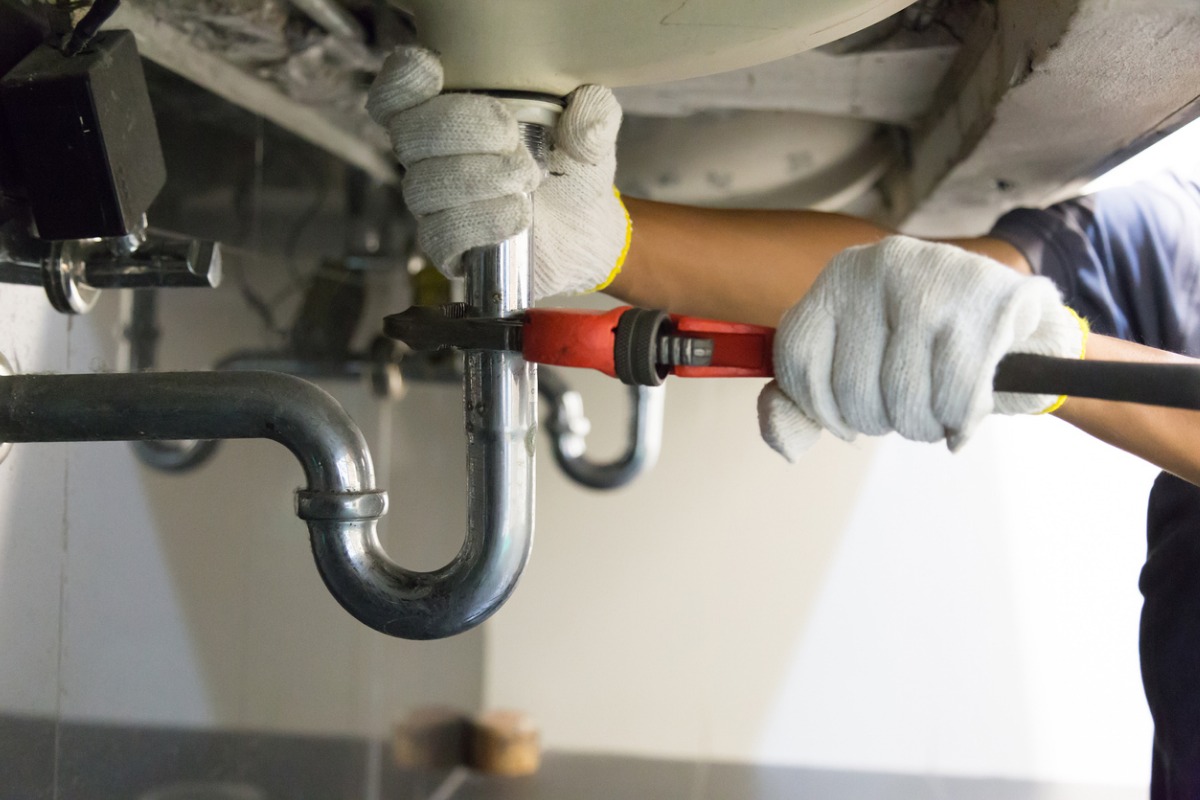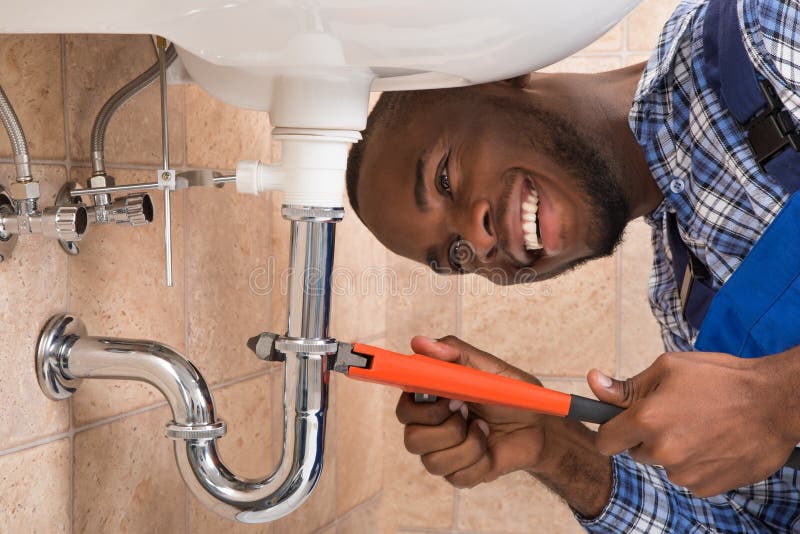Important Plumbing Alabaster AL Tips for Homeowners
Important Plumbing Alabaster AL Tips for Homeowners
Blog Article
A Detailed Overview to Effective Water Heating Unit Setup for Ideal Performance
Beginning on the task of mounting a hot water heater is an endeavor that demands accuracy and an organized method for attaining optimum performance. The procedure begins with the important decision of selecting the ideal heating unit tailored to the certain requirements of your house, taking into consideration elements such as energy, dimension, and kind resource. When picked, preparing the setup location to satisfy safety criteria is critical. However, the journey does not end right here. As you continue, the complexities of attaching water system lines and establishing dependable electric or gas links await, appealing insights into making certain efficiency and reliability.
Picking the Right Water Heating Unit

Next, think about the size and capability of the water heater. It's crucial to assess your family's warm water needs, which can differ based on the variety of residents and their usage patterns. A device that's too little might result in insufficient hot water, while an oversized model may lead to unnecessary power usage.
Performance ratings likewise play a crucial duty in selection. Search for hot water heater with high Power Variable (EF) ratings, indicating premium efficiency and lowered energy usage. Tankless models, though usually extra pricey upfront, offer substantial power financial savings with time as a result of their on-demand heating capacities.
Preparing the Installment Area
Before setting up a brand-new hot water heater, precise prep work of the setup area is crucial. This ensures a smooth installation process and helps avoid future issues (Water Heater installation Alabaster AL). Begin by picking a suitable area that complies with local building ordinance and safety requirements. The area must be dry, well-ventilated, and obtainable for upkeep. It's vital to determine the area carefully to suit the water heater's measurements, making certain appropriate clearance around the system for efficient procedure and maintenance.
Next, get rid of any type of particles, dust, or blockages from the site to create a clean atmosphere. Examine the flooring for security, as the water heater will need a solid, level surface to run effectively. If needed, mount a drip pan below the system to capture possible leakages or spills, protecting against water damages to the surrounding area. In areas vulnerable to seismic activity, take into consideration setting up seismic straps to safeguard the heater firmly in area.
In addition, ensure that all necessary devices and products get on hand before beginning the installation. This includes things such as wrenches, screwdrivers, a degree, and any type of additional hardware needed for safeguarding the heating unit and installing. A well-prepared installation area establishes the foundation for a successful water heater arrangement, enhancing efficiency and safety and security.
Connecting Water System Lines
When linking water supply lines to your freshly set up water heater, it is crucial to ensure that all connections are leak-free and safe to maintain reliable operation and protect against water damages. Begin by identifying the warm and cold water lines. The chilly water inlet is usually noted with a blue label or a "C", while the warm water outlet is noted with a red label or an "H".
Use adaptable water heating unit connectors to assist in an easier installment process. These ports can absorb resonance and allow for minor movement, minimizing the risk of leaks. Prior to attaching the ports, position a plumber's tape around the threaded ends of the water heating system's inlet and outlet pipes - Plumber Alabaster AL. This tape functions as a sealant, preventing leaks. Very carefully attach the flexible pipes to the respective inlet and outlet, guaranteeing that they are not over-tightened but tight, which might harm the threads.
Once connections are in place, slowly activate the primary water system shutoff. Check each link for leakages by aesthetically inspecting and really feeling for dampness. Tighten up connections as necessary, and guarantee the pressure relief have a peek at these guys valve is correctly installed, protecting against excessive stress accumulation.
Establishing Up Electrical or Gas Connections
Correctly establishing the electric or gas connections for your hot water heater is an essential step to guarantee reliable and secure procedure. For electric hot water heater, start by validating that the electrical circuit works with the heater's voltage and amperage needs. Make sure the power supply is switched off at the breaker to protect against mishaps. Connect the electric cords to the heating unit following the supplier's electrical wiring diagram. Generally, this entails linking the ground wire to the green terminal, and the continuing to be wires to their equivalent terminals, protecting each with wire nuts.
For gas water heaters, safety is vital. Connect the gas line to the water heater utilizing an adaptable gas connector, ensuring it is appropriately threaded and secured with pipeline joint compound or Teflon tape appropriate for gas links.
As soon as connections are made, examine for any type of possible leakages. For gas lines, use a soapy water solution to the joints; bubbles indicate a leak. For electrical connections, verify that all circuitry is safe and secure and properly insulated, maintaining compliance with regional electric codes.
Adjusting and testing for Efficiency
With the electric and gas links firmly in area, the following action is evaluating the operational efficiency of your hot water heater. Begin by meticulously switching on the supply of water and making sure there are no leakages at any one of the joints or shutoffs. As soon as verified, continue to load the tank, paying attention to the pressure and temperature level setups. It is recommended to set the thermostat to a suggested temperature level of around 120 ° F(49 ° C) to stabilize power performance and convenience.
Following, execute a comprehensive evaluation to make certain the home heating aspects or gas burners are functioning appropriately. For electrical heating units, utilize a multimeter to verify if the components are drawing the appropriate existing. In gas designs, observe the burner fire; it must be steady and blue, showing effective combustion.
Readjust the settings as required to remove inadequacies. Think about applying insulation procedures, such as adding a water heater covering, to even hop over to these guys more enhance performance by reducing heat loss. Furthermore, check the anode pole's condition, as a scrubby pole can lower efficiency and lead to storage tank deterioration.
Verdict
Efficient water heater setup is important for making certain optimal performance and energy cost savings. Safely linking water supply lines and meticulously establishing up electric or gas links minimize potential issues.

Appropriately setting up the electrical or gas connections for your water heating unit is a crucial step to guarantee secure and Discover More reliable procedure. For electrical water heating systems, start by verifying that the electrical circuit is compatible with the heater's voltage and amperage requirements. Connect the gas line to the water heater using a versatile gas port, ensuring it is correctly threaded and sealed with pipeline joint compound or Teflon tape appropriate for gas connections.
Report this page